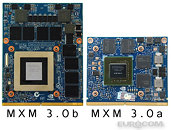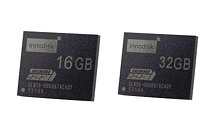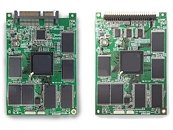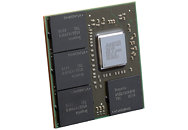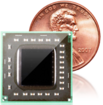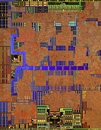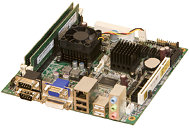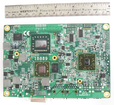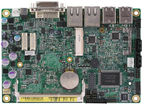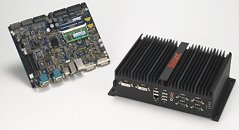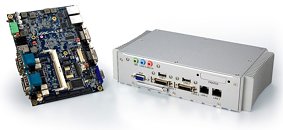
AMD Extends Leadership Adaptive SoC Portfolio with New Versal Series Gen 2 Devices Delivering End-to-End Acceleration for AI-Driven Embedded Systems
AMD today announced the expansion of the AMD Versal adaptive system on chip (SoC) portfolio with the new Versal AI Edge Series Gen 2 and Versal Prime Series Gen 2 adaptive SoCs, which bring preprocessing, AI inference, and postprocessing together in a single device for end-to-end acceleration of AI-driven embedded systems.
These initial devices in the Versal Series Gen 2 portfolio build on the first generation with powerful new AI Engines expected to deliver up to 3x higher TOPs-per-watt than first generation Versal AI Edge Series devicesi, while new high-performance integrated Arm CPUs are expected to offer up to 10x more scalar compute than first gen Versal AI Edge and Prime series devicesii.
These initial devices in the Versal Series Gen 2 portfolio build on the first generation with powerful new AI Engines expected to deliver up to 3x higher TOPs-per-watt than first generation Versal AI Edge Series devicesi, while new high-performance integrated Arm CPUs are expected to offer up to 10x more scalar compute than first gen Versal AI Edge and Prime series devicesii.















